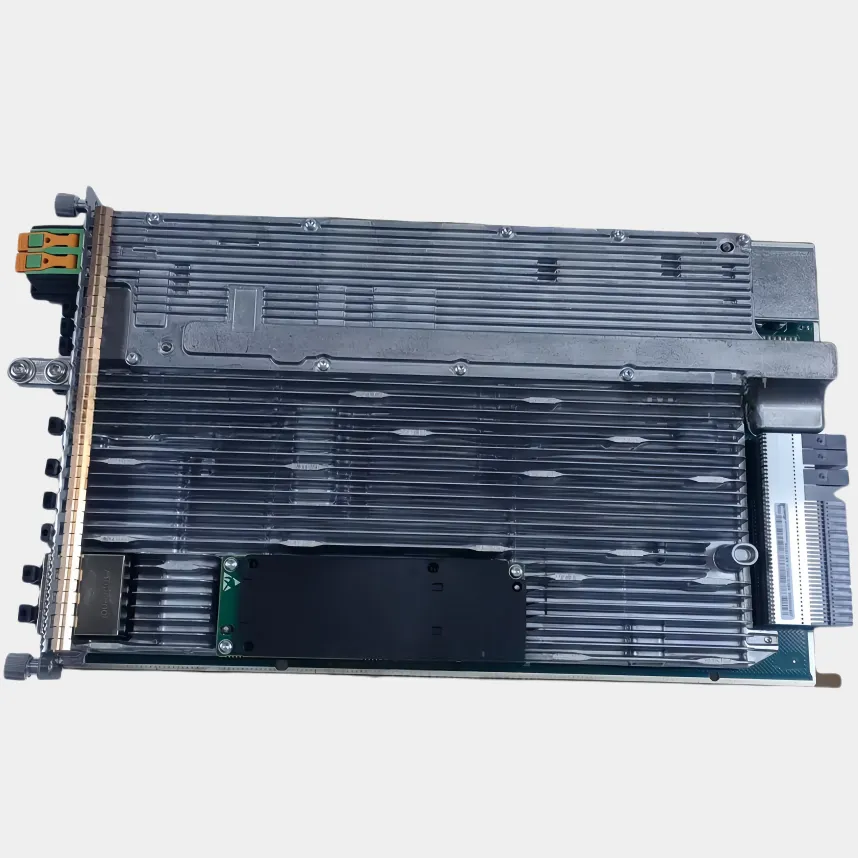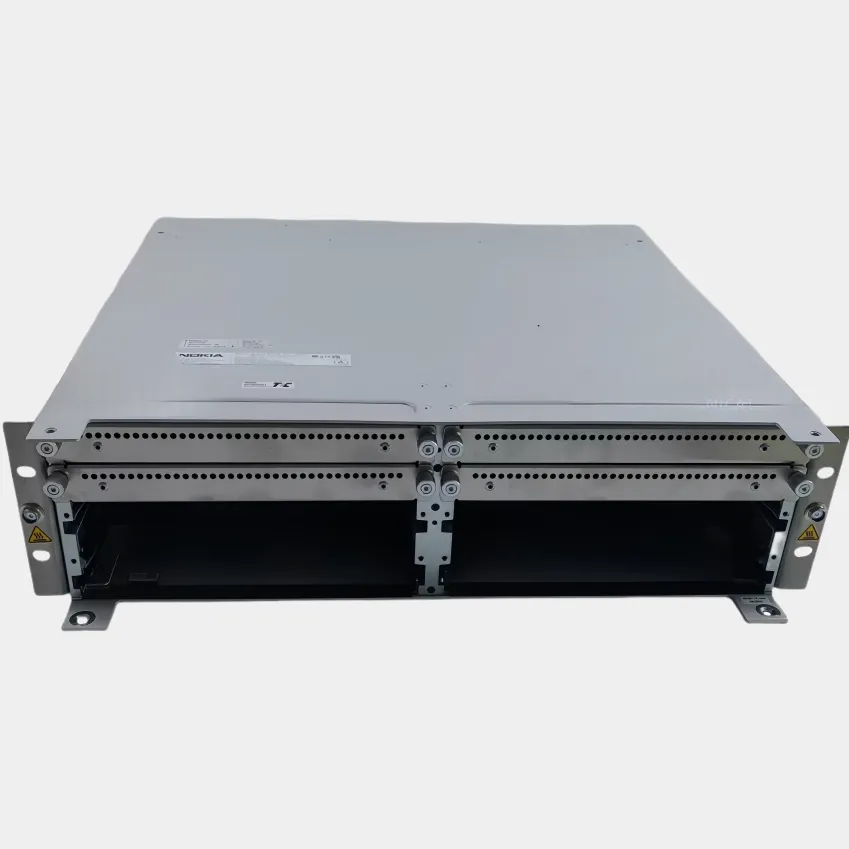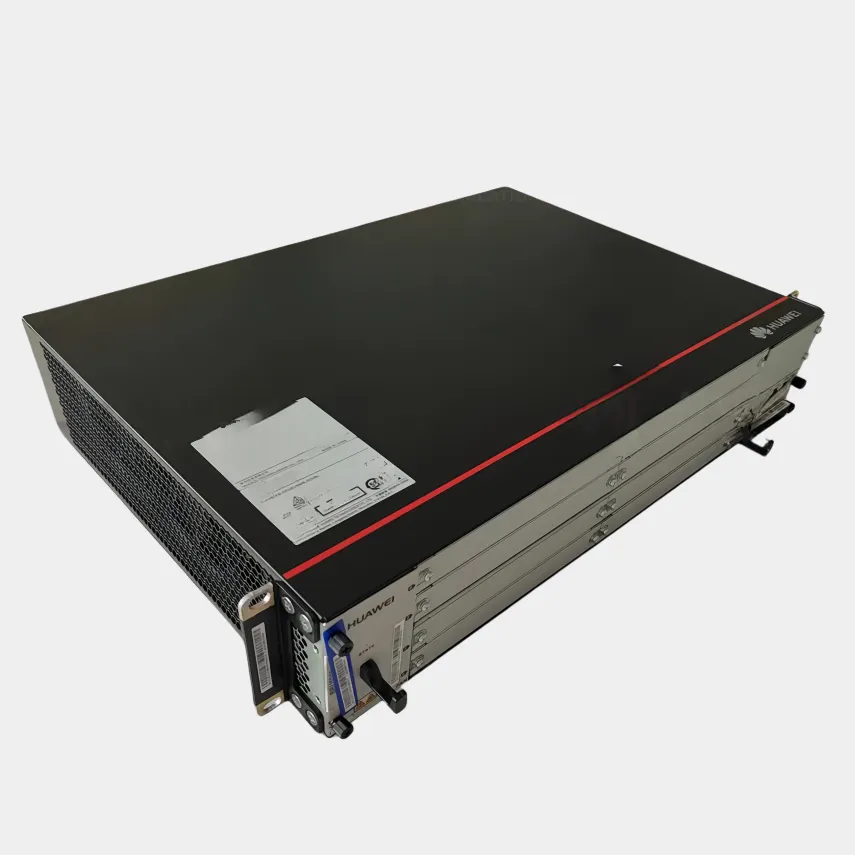Centralized BBU (Baseband Unit) deployment models represent a paradigm shift in radio access network (RAN) architecture, consolidating baseband processing resources into centralized data centers or hubs rather than distributing them across individual cell sites. The most prominent model is C RAN (Cloud RAN), where multiple Remote Radio Units (RRUs) at cell sites connect to a centralized BBU pool via high capacity, low latency fronthaul links (typically fiber optics). This consolidation enables efficient resource sharing—BBU processing capacity can be dynamically allocated to RRUs based on real time traffic demands, reducing overprovisioning and lowering capital expenses. Another model is the regional BBU hub, which serves a cluster of nearby cell sites (e.g., 5 10 sites within a 10 km radius), balancing centralization benefits with fronthaul latency constraints. In dense urban areas, ultra centralized models with large BBU pools (serving 50+ sites) leverage economies of scale, while suburban or rural regions may use smaller, localized hubs to minimize fronthaul costs. Key advantages include simplified maintenance (single location for upgrades/repairs), improved energy efficiency (shared cooling and power systems), and enhanced coordination between cells (reducing interference in multi cell MIMO scenarios). However, these models demand robust fronthaul networks supporting 10+ Gbps per RRU with latency under 10 ms—to avoid performance degradation. They also require advanced orchestration software to manage resource allocation, ensuring seamless handovers and QoS (Quality of Service) for critical applications like 5G URLLC (Ultra Reliable Low Latency Communication). As 5G networks evolve, centralized BBU models are increasingly integrated with virtualization (vBBU) and cloud technologies, enabling even more flexible scaling and alignment with core network cloudification strategies.


